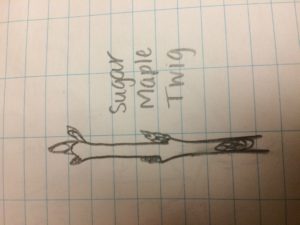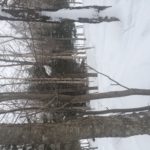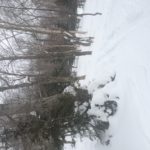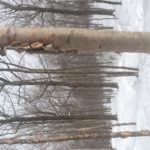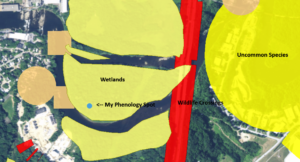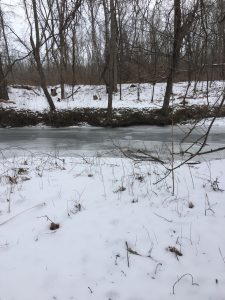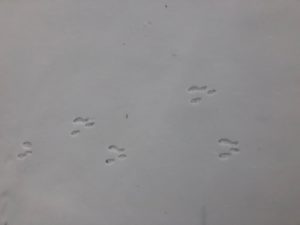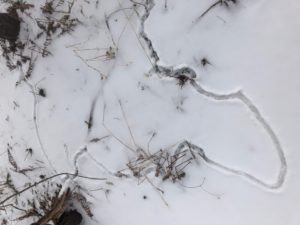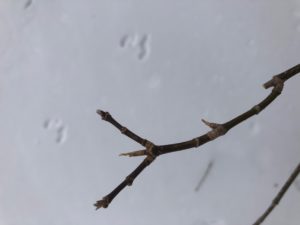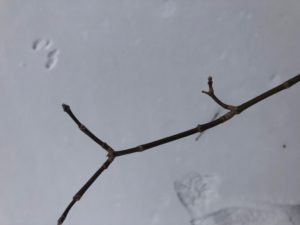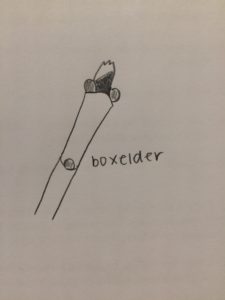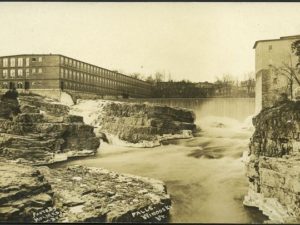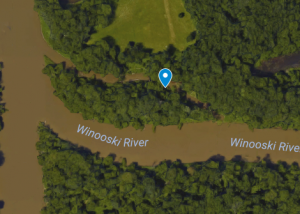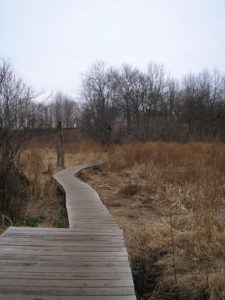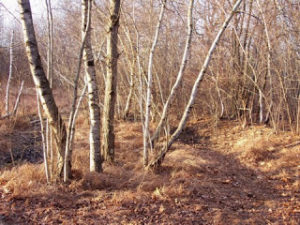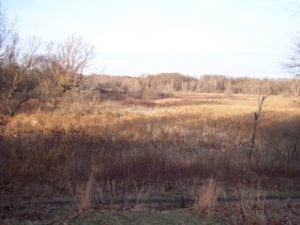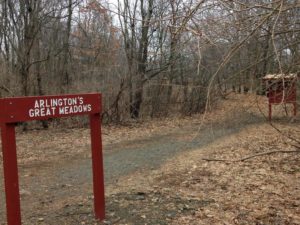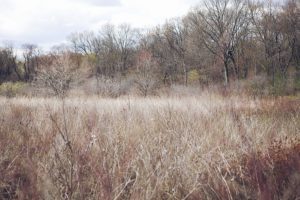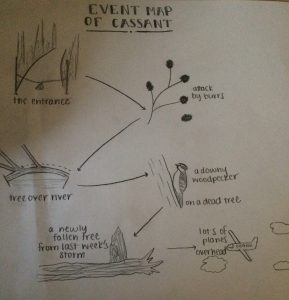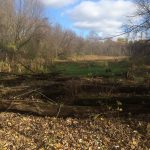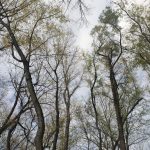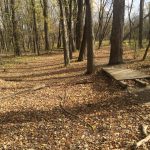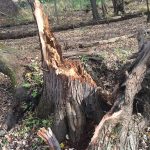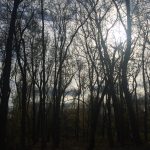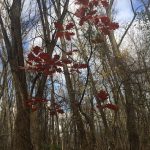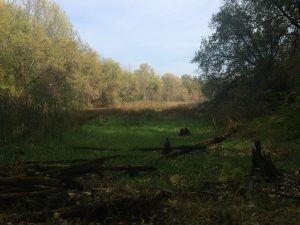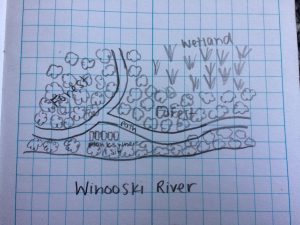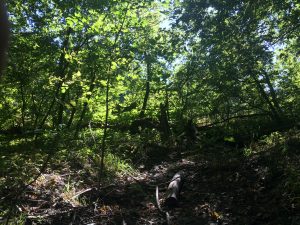This week, I made my last visit to Cassavant this year. It was a bittersweet moment – I’m sad to be done with this project, but I know I’ll always be able to return next year. The biggest change I notice is that the river is higher than I’ve ever seen it – it’s pushing the edges of the banks. The area is much lusher and greener, almost as green as it was during my first visit in the fall. Something cool I spotted this visit were fiddleheads! I was tempted to pick some and cook them since I’ve never tried them, but alas I didn’t.
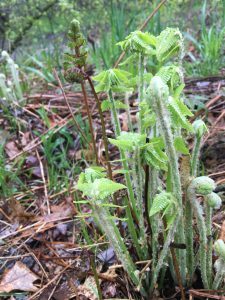
fiddleheads!
Throughout this year, I’ve been able to observe how nature and culture intertwine at my spot. My spot is located in Winooski by a residential area, making it accessible for a lot of people. Many people take advantage of the reserved land, walking their dogs or using it as a chance to eat outdoors during their lunch breaks. Cassavant is used as a release from the bustle of life for many, a chance to get outside, relax and observe nature. It’s use waxes and wanes with the seasons, with more people outside during the warmer weather, enjoying the sunshine. In addition to recreation, picking and cooking fiddleheads is a tradition that represents an intersection between nature and culture. These plants are a customary delicacy around Vermont, and years of experience have taught people not to pick too many as to damage the fiddlehead population.
Though I’ve been to Cassavant a lot this year, I don’t consider myself a part of this place. I’m more like an observer, perched at the edge of this ecosystem looking in. I don’t really contribute to the ecosystem; I’m not a part of this food chain or energy cycle. I merely observe. I have not spent nearly enough time here to feel truly a part of this area. However, each visit I feel more familiar with the area, and I plan on keeping up my visits in the fall, to catch up with the place I know so well.


